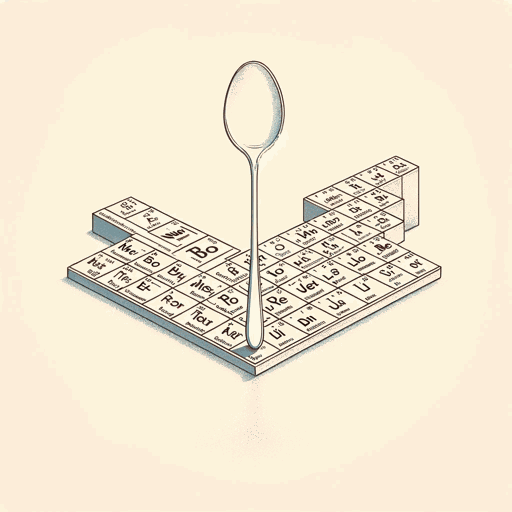93 pages • 3 hours read
Sam KeanThe Disappearing Spoon: And Other True Tales of Madness, Love, and the History of the World from the Periodic Table
Nonfiction | Book | Adult | Published in 2010A modern alternative to SparkNotes and CliffsNotes, SuperSummary offers high-quality Study Guides with detailed chapter summaries and analysis of major themes, characters, and more. For select classroom titles, we also provide Teaching Guides with discussion and quiz questions to prompt student engagement.
Part 5Chapter Summaries & Analyses
Part 5: “Element Science Today and Tomorrow”
Chapter 16 Summary: “Chemistry Way, Way below Zero”
Chapter 16 addresses what happens when elements are subjected to extreme temperatures and pressure.
For instance, carbon turns to diamond under extreme pressure. And pure tin changes its crystal structure under various conditions. There are wintertime “legends about expensive tin pipes on new church organs exploding into ash the instant the organist blasted his first chord” (280).
In fact, it was thanks to the effect of cold on tin, that the team led by English explorer Robert Scott on a 1912 expedition to the South Pole died of “starvation, scurvy, dehydration, hypothermia, and gangrene” (278). The team laid provisions like bread crumbs along their path for later retrieval. But the heating fuel was stored in tin canisters, and the tin turned to powder in the Antarctic cold, spilling fuel all over the food.
Temperature also affects a matter’s state. Matter exists mainly in four states, depending on temperature: solids, liquids, gases, and plasmas, or super-heated atoms whose electrons get stripped off, especially in stars. Other states exist, including “superconductors and superfluid helium” and “quark-gluon plasma” (281). Kean explains that “[c]olloids like Jell-O are blends of two states” (281).
Kean states, “In solids, atoms line up in a repetitive, three-dimensional array” (282).

